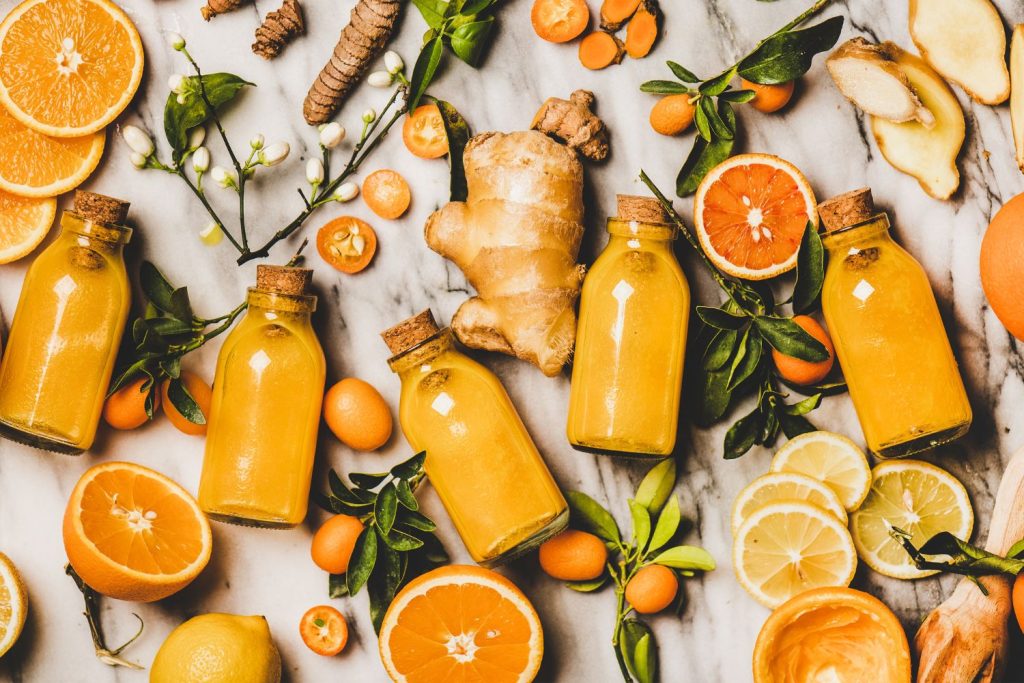MAGAZINE
Notizie, novità ed eventi che riguardano epo
NEWS, STORIES AND EVENTS CONCERNING EPO

15/12/2022 Magazine
A taste of Christmas: botanical extracts for food and beverage
Cinnamon, ginger, vanilla, and star anise are the traditional flavors of Christmas. Where do these natural extracts come from and how are they used in food and beverage preparations? Find out in this article. Botanical extracts for the food industry Today, consumers are more interested in products with natural ingredients that can support a healthy […]

29/11/2022 Magazine
What future for global biodiversity?
Recently, the release of the WWF Living Planet Index 2022 turned the spotlight back on the health of global biodiversity. Let’s take a look at the findings that emerged from the report and the most significant threats facing living species. Living Planet Index, a snapshot of biodiversity The Living Planet Index is an index developed […]

24/10/2022 Magazine
Natural solutions to boost your immune system
As cold weather arrives, we get more concerned about our health. Spending a lot of time indoors increases exposure to viruses and bacteria, which cause respiratory tract infections, from seasonal flu to the now-established COVID-19. To defend ourselves against illness, we need an efficient immune system, as well as a healthy lifestyle and a balanced […]

23/09/2022 Magazine
Natural ways to stay healthy during season change
With the arrival of the cold season, our mental and physical well-being can be challenged. Fewer daylight hours and cooler temperatures can lead to a sense of depression and general discomfort, which is described as seasonal affective disorder (SAD). Let’s explore what it is, as well as the best natural remedies to address the season […]

25/08/2022 Magazine
An overview on pyrrolizidine alkaloids: the risks for human health
Natural substances and health do not always go hand in hand. Such is the case with pyrrolizidine alkaloids (PA), a group of alkaloids derived from pyrrolizidine that includes compounds highly toxic to humans. Let’s find out more about them. What are pyrrolizidine alkaloids and where to find them? Pyrrolizidine alkaloids are produced by plants to […]

26/07/2022 Magazine
Natural antioxidants and their health benefits
Think about holidays, the sea, the sun… Behind the pleasant sensations evoked by these images lie potential threats, particularly for the skin. It is widely known that exposure to the sun’s UV rays increases the production of free radicals, unstable and highly reactive molecules that, if not adequately counteracted, can damage the skin at the […]

25/07/2022 News
Happy holidays from EPO!
The summer holidays are upon us: it’s time to take a break and collect some soothing memories. Our offices will remain closed from 8th to 19th August. For general enquiries, please contact epo@eposrl.com.

27/06/2022 Magazine
5 ways to start a sustainable business transition
When talking about sustainable transition, we are referring to the need for a radical transformation of society toward goals of equity and harmony with the Planet. Climate change, social inequality, and the risk of new pandemics are merely a few of the global crises that lie ahead. Rather than standing by, both individuals and businesses […]

25/05/2022 Magazine
Botanicals for digestive disorders and Helicobacter pylori infection
People have always resorted to botanical remedies to alleviate symptoms of common health problems and regain mental and physical well-being. Disorders related to gastric discomfort are no exception: hyperacidity, heartburn, nausea, and sickness affect 70% of the adult population. Digestive disorders: an overview Stress, poor diet, alcohol consumption, drug intake, age, and a hectic lifestyle […]

29/04/2022 Magazine
How the Russia-Ukraine war is impacting global supply chains
The tragic turn of events in Ukraine is once again threatening the global economy, with devastating consequences on supply chains. As TV news brings back scenes that we hoped to never see again, the effects on the lives of people and businesses around the world are already evident: rising inflation, possible supply disruptions, and raw […]